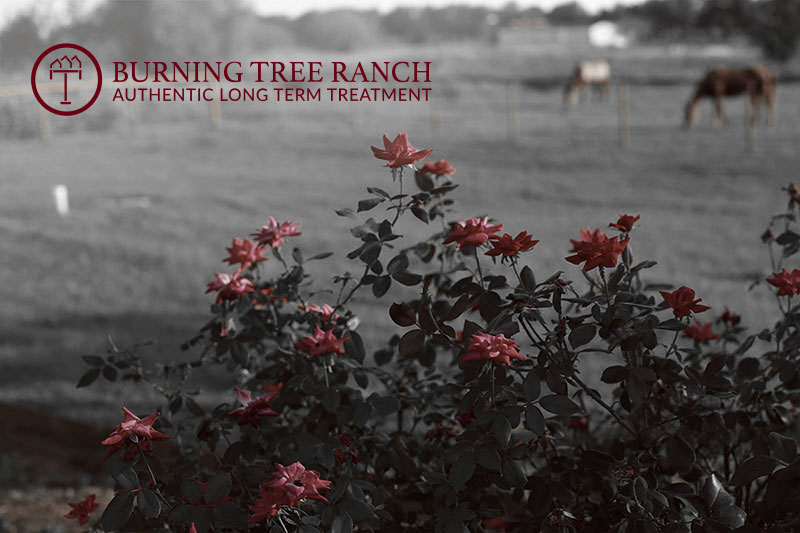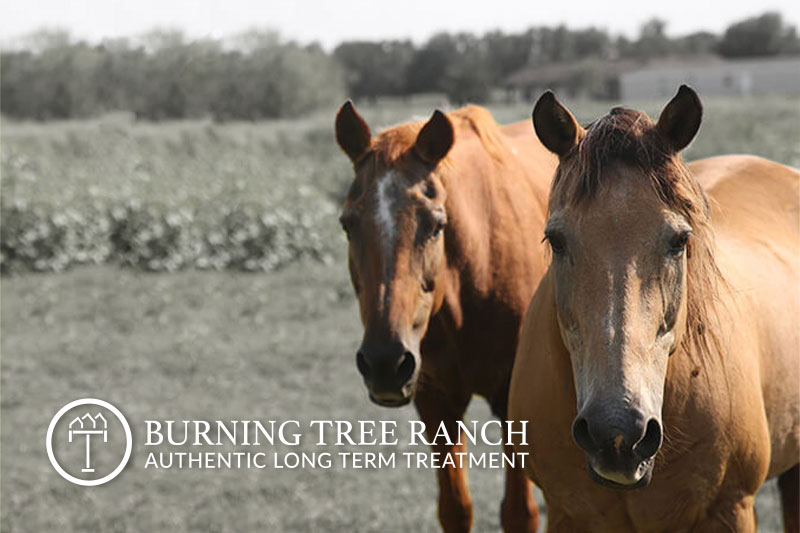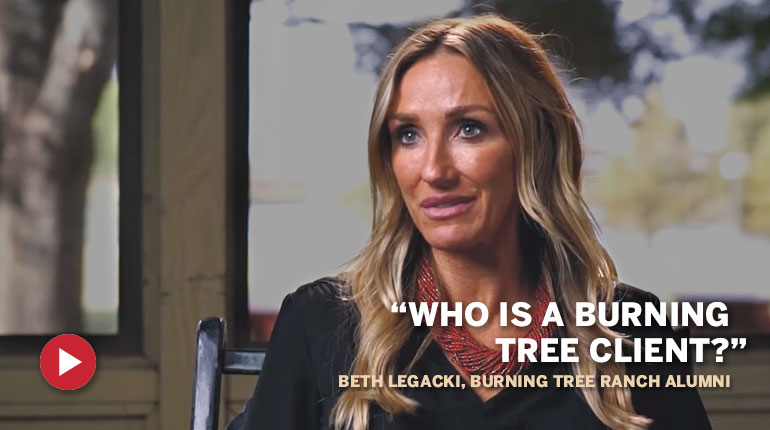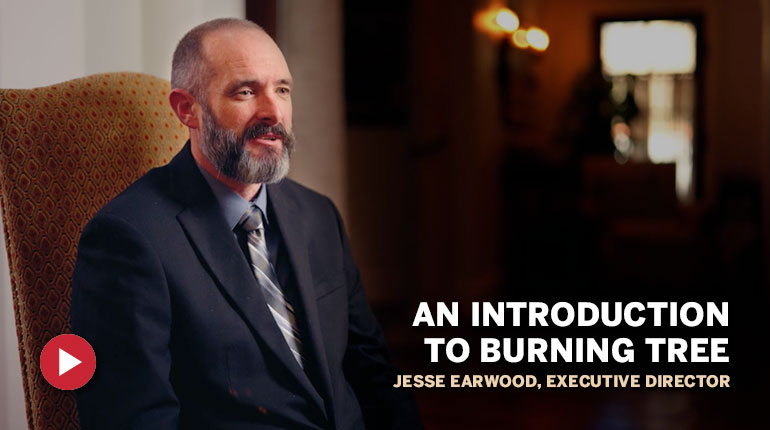Bipolar I Disorder & Substance Abuse in a Dual Diagnosis
The DSM-5’s classification of Bipolar I Disorder highlights its complexity, characterized by intense manic episodes and often severe depressive episodes. Distinguishing Bipolar I from Bipolar II is crucial for effective treatment, given Bipolar I’s hallmark manic episodes.
Bipolar I Disorder: A DSM-5 Overview
The Diagnostic and Statistical Manual of Mental Disorders, Fifth Edition (DSM-5), classifies Bipolar I Disorder as a mental health condition characterized by manic or mixed episodes that last at least seven days or by manic symptoms that are so severe that immediate hospital care is needed.
Depressive episodes are also common, typically lasting for at least two weeks. The disorder is distinguished from other mood disorders by the presence and severity of manic episodes.
Key Features of Bipolar I Disorder
Manic Episodes: A distinct period of abnormally and persistently elevated, expansive, or irritable mood and abnormally and persistently increased activity or energy lasting at least one week and present most of the day, nearly every day.
Depressive Episodes: Although not required for the diagnosis of Bipolar I, most individuals experience significant depressive episodes at some point.
Mixed Features: Episodes can have mixed features, with symptoms of both mania and depression occurring nearly every day.

Important Facts and Insights About Bipolar I Disorder
Cycling
Individuals with Bipolar I Disorder can cycle through phases of mania and depression, with periods of everyday mood in between. The frequency and duration of these cycles can vary widely among individuals.
Severity
Manic episodes in Bipolar I Disorder are more severe than the hypomanic episodes that characterize Bipolar II Disorder. Manic episodes can lead to significant impairment in daily functioning and may require hospitalization to prevent harm to oneself or others.
Comorbidity
Bipolar I Disorder often co-occurs with other mental health conditions, such as anxiety disorders, substance use disorders, and ADHD, complicating the diagnosis and treatment.
Treatment
Treatment typically involves a combination of medication (such as mood stabilizers, antipsychotics, and sometimes antidepressants) and psychotherapy. Long-term treatment is often necessary to manage the condition effectively.
Onset
The average age of onset for Bipolar I Disorder is late adolescence to early adulthood, but it can occur at any age.
Understanding Bipolar I Disorder requires recognizing the severity and variability of the condition. Accurate diagnosis and effective management are crucial for improving the quality of life for individuals with Bipolar I Disorder, highlighting the importance of specialized care and support.
Comparative Analysis: Bipolar I Versus Bipolar II
To facilitate a clearer understanding of the key differences between Bipolar I and Bipolar II Disorders, here’s a structured side-by-side comparison based on DSM-5 criteria and clinical presentations:
| Feature | Bipolar I Disorder | Bipolar II Disorder |
|---|---|---|
| Manic Episodes | Required for diagnosis. At least one episode lasts 7 days or is severe enough to require hospitalization. May include psychotic features. | Not present. No full-blown manic episodes occur. |
| Hypomanic Episodes | May occur but is not required for diagnosis. | Required for diagnosis. At least one episode lasting at least 4 consecutive days without the severe impairment associated with mania. |
| Depressive Episodes | Often occur but not required for diagnosis. Can be severe and last for at least 2 weeks. | Required for diagnosis. At least one major depressive episode lasting at least 2 weeks. |
| Severity of Episodes | Manic episodes can lead to significant impairment in social or occupational functioning or necessitate hospitalization. | Hypomanic episodes are less severe, not leading to the marked impairment seen in manic episodes. Depressive episodes can be as severe as in Bipolar I. |
| Psychotic Features | Possible during manic episodes. | Not present in hypomanic episodes. |
| Cycling | Rapid cycling between mood states is possible but not required for diagnosis. | Experiences changes in mood states but is defined by the absence of manic episodes. |
| Overall Impact | Generally considered more severe due to the potential for manic episodes with psychosis and significant life impairment. | Considered less severe in terms of mania but depressive episodes can be just as debilitating. |
This comparison emphasizes the diagnostic criteria, nature of mood episodes, and overall impact on functioning as key differentiators between Bipolar I and Bipolar II Disorders, aiding in the accurate identification and management of these complex mood disorders.
Bipolar I Disorder: How Abused Substances Increase Risk
Individuals with Bipolar I Disorder are at a significant risk for substance abuse, which can severely complicate the disorder’s management and treatment. Here, we outline what the common substances are and how they can be abused.
Commonly Abused Substances
- Alcohol: Frequently abused by individuals with Bipolar I, alcohol can initially seem to alleviate symptoms but ultimately exacerbates both manic and depressive episodes. It interferes with the effectiveness of medications and can lead to poor judgment and impulsivity, characteristic of manic episodes.
- Cannabis: Often used for its perceived calming effects, cannabis can, in reality, destabilize mood further, potentially worsening manic episodes depression in the long term.
- Stimulants (such as cocaine and amphetamines): While these might be sought out for their energy-boosting effects, stimulants can precipitate manic episodes, increase the risk of psychosis, and lead to a rapid cycling pattern of mood episodes.
- Benzodiazepines: Used or misused for their sedative effects, particularly during manic episodes. However, dependency and withdrawal from benzodiazepines can significantly worsen mood swings and overall disorder management.
- Opioids: May be abused for their euphoric effects but can lead to increased depression in the long term and contribute to the complexity of treating Bipolar I Disorder due to their addictive potential.

Age and Sex-Specific Information
Age-Related Demographics
Substance abuse risk is notably high in young adults and adolescents with Bipolar I Disorder, aligning with the typical onset age of bipolar symptoms and increased experimentation with substances in this age group.
Sex-Related Demographics
Males with Bipolar I Disorder may have a higher propensity for substance abuse, particularly regarding alcohol and illicit drugs. Females with the disorder, while also at risk, may experience more profound impacts on their mood stability and treatment outcomes due to hormonal influences.
Impact of Substances on Bipolar I Disorder
Substance abuse in individuals with Bipolar I Disorder requires a comprehensive treatment approach that addresses both the mood disorder and substance use issues concurrently. Integrated care, involving medication management, psychotherapy, and support for substance use disorder, is essential for achieving stabilization and improving the quality of life for those affected.
Alcohol and Cannabis
Both alcohol and cannabis can lead to a worsening of both manic and depressive episodes, making treatment more challenging.
Stimulants
Stimulants are particularly dangerous as they can exacerbate severe manic episodes and psychosis.
Benzodiazepines and Opioids
While they may provide short-term relief, benzodiazepines and opioids may lead to dependency. Substance withdrawal can pose significant risks, complicating the mood stabilization efforts.
The Need For an Integrated Approach to Treatment
The DSM-5’s classification of Bipolar I Disorder highlights its complexity, characterized by intense manic episodes and often severe depressive episodes. Distinguishing Bipolar I from Bipolar II is crucial for effective treatment, given Bipolar I’s hallmark manic episodes. Additionally, the intersection of Bipolar I Disorder with substance abuse, including alcohol, cannabis, stimulants, and more, adds complexity to its management.
Substance abuse can worsen Bipolar I symptoms and hinder treatment efforts, emphasizing the need for an integrated treatment approach. Addressing both the disorder’s mood episodes and the challenges of substance abuse is essential. Through targeted medication, psychotherapy, and substance use interventions, individuals with Bipolar I Disorder can navigate toward stability and improved well-being, underscoring the critical need for personalized and comprehensive care strategies.





